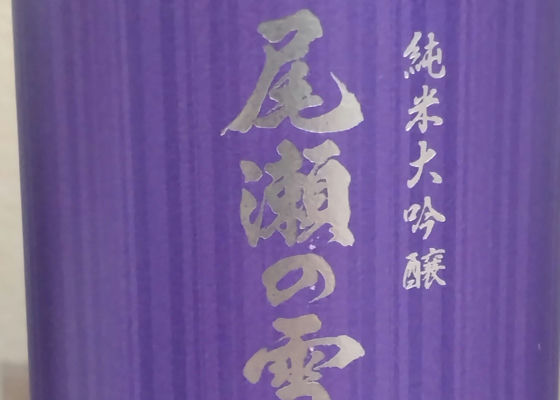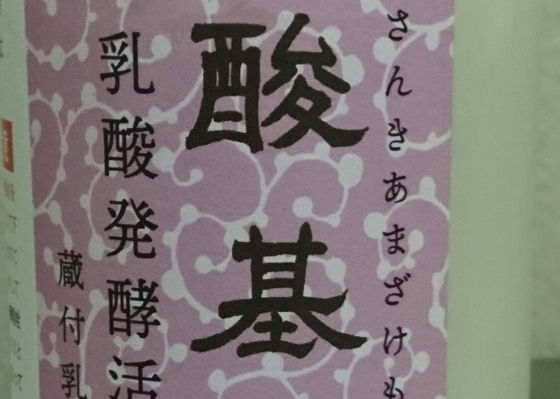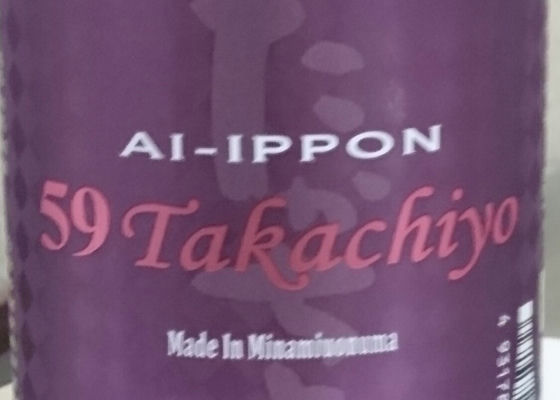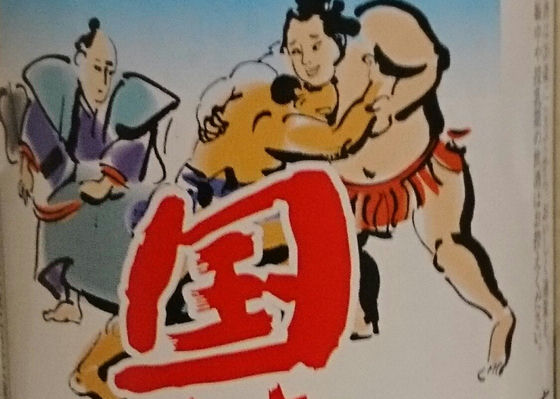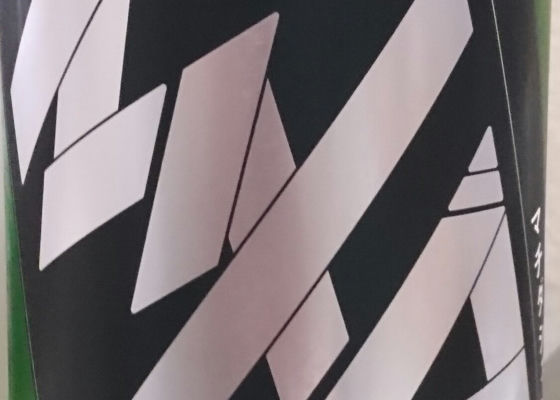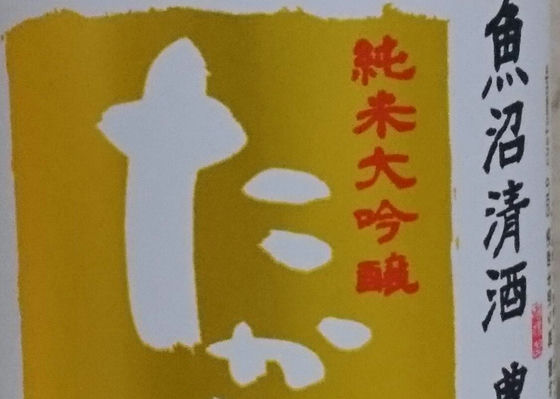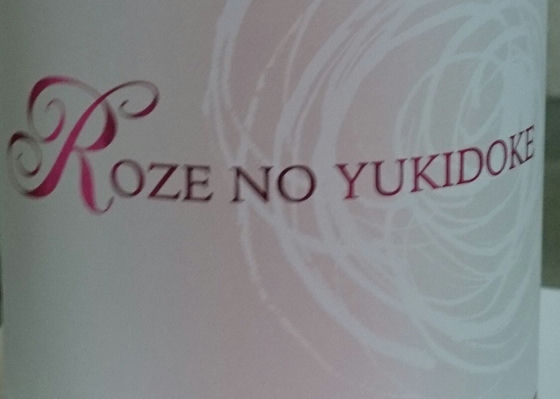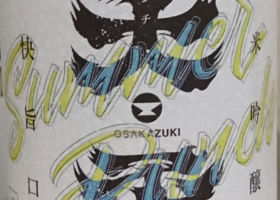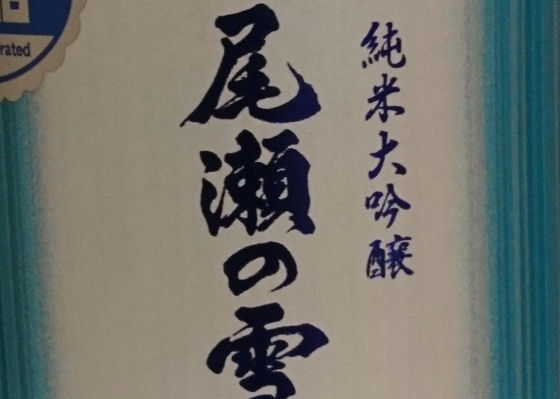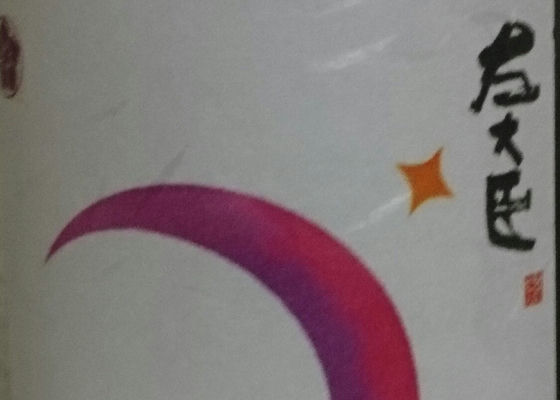


ゆうじ
We noticed oriki precipitating at the last sake batch, but this time the oriki was well mixed in.
This is a second fermentation sake aged in a bottle for about 8 months in ice temperature, unfiltered and unadjusted, with a hint of oriki.
Gunma Wakamizu, Gunma KAZE No. 2 1801
Slightly effervescent, pear-like flavor, with a nice swelling of umami.
Japanese>English
